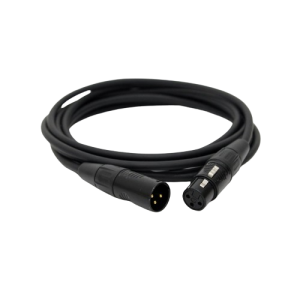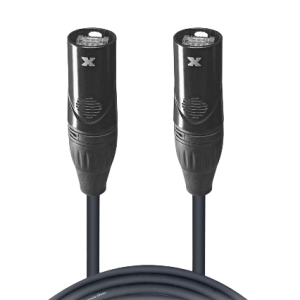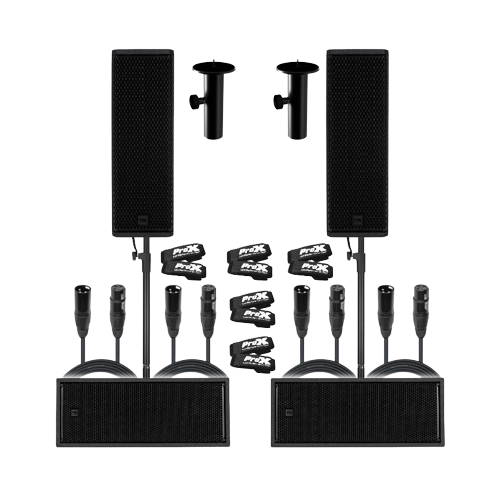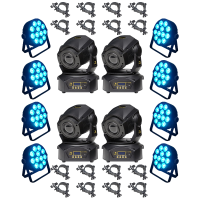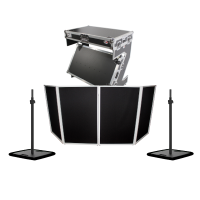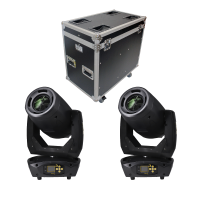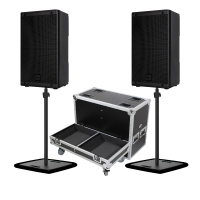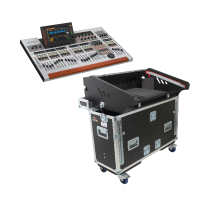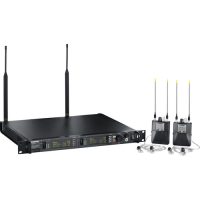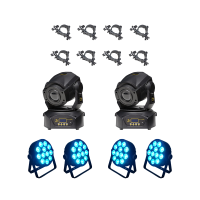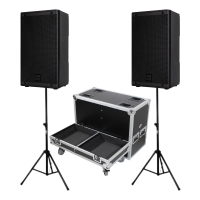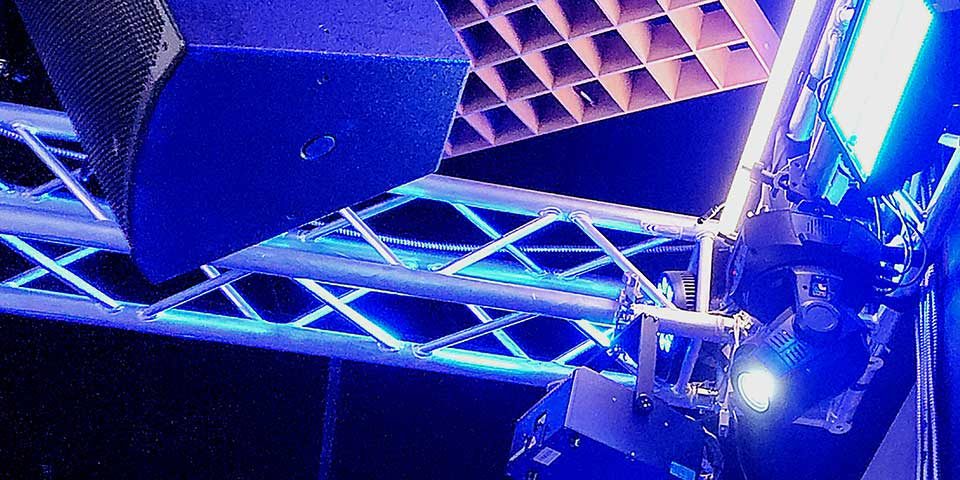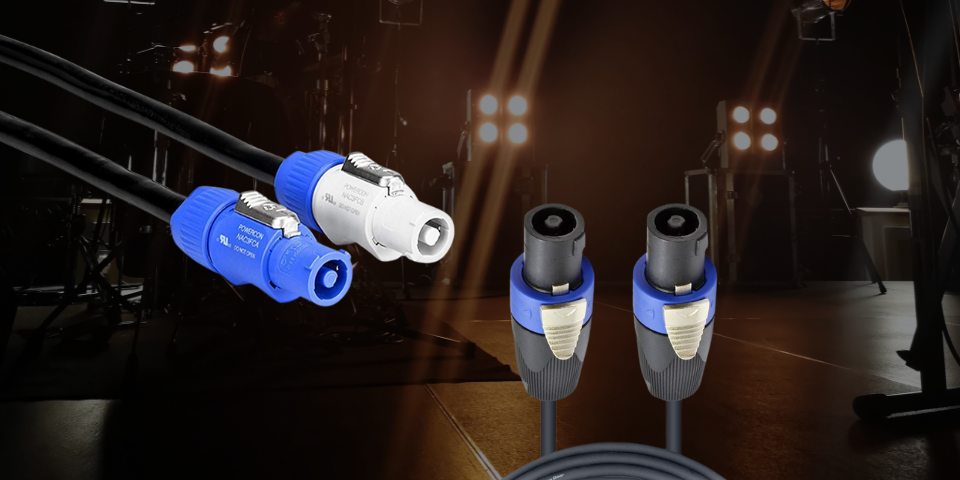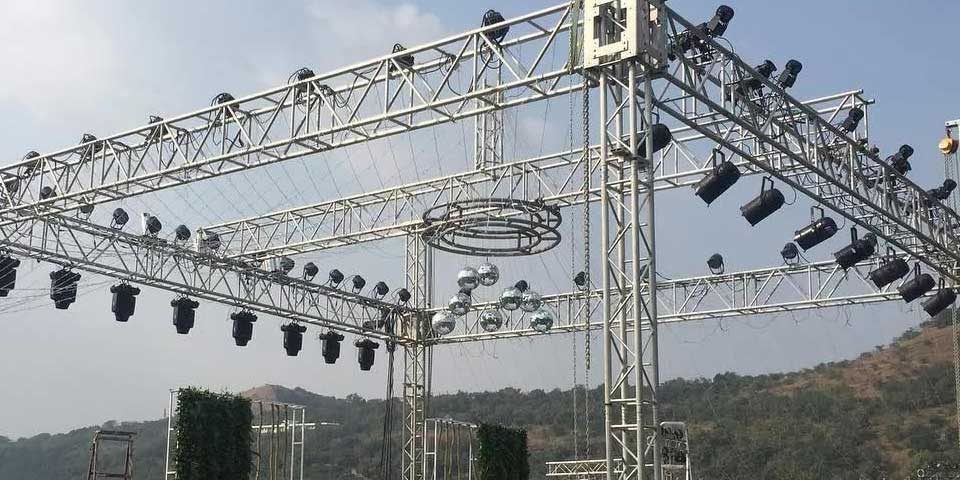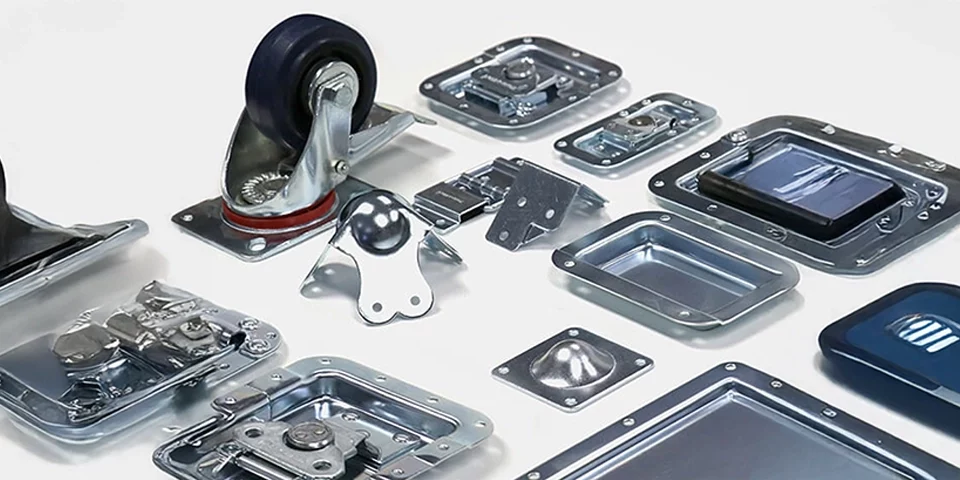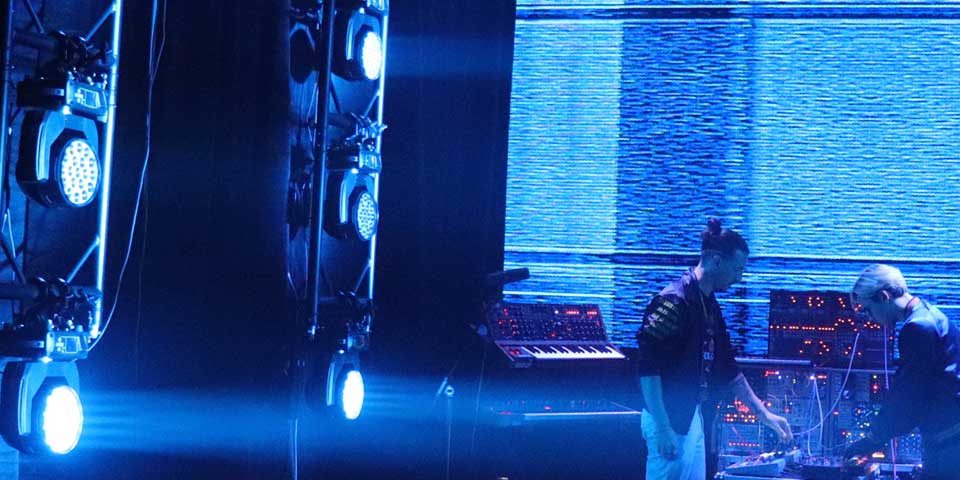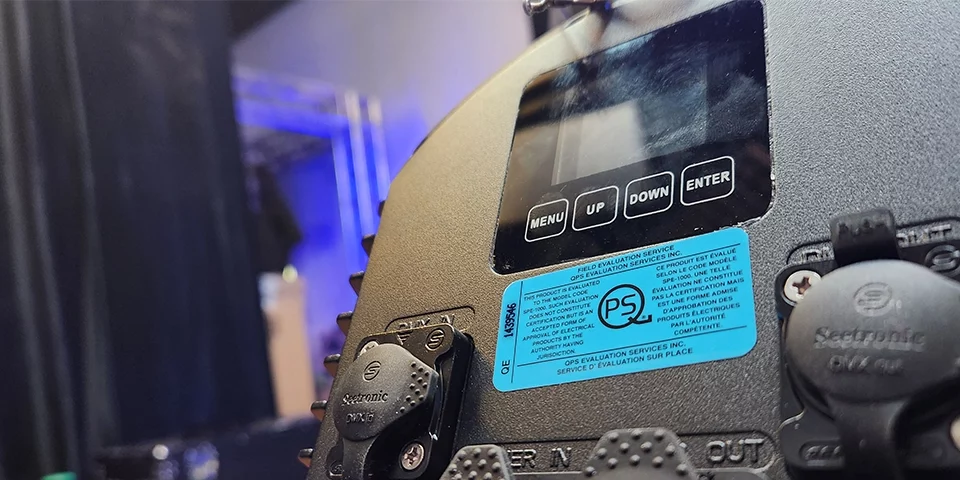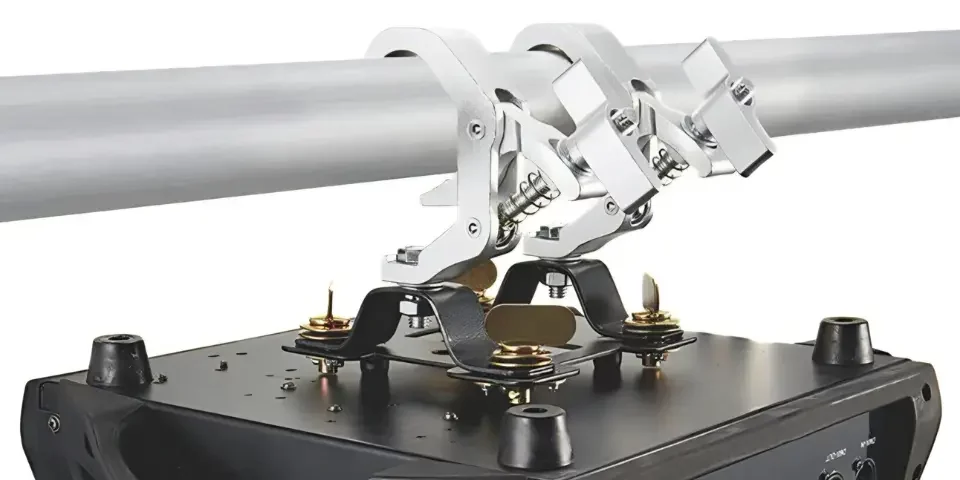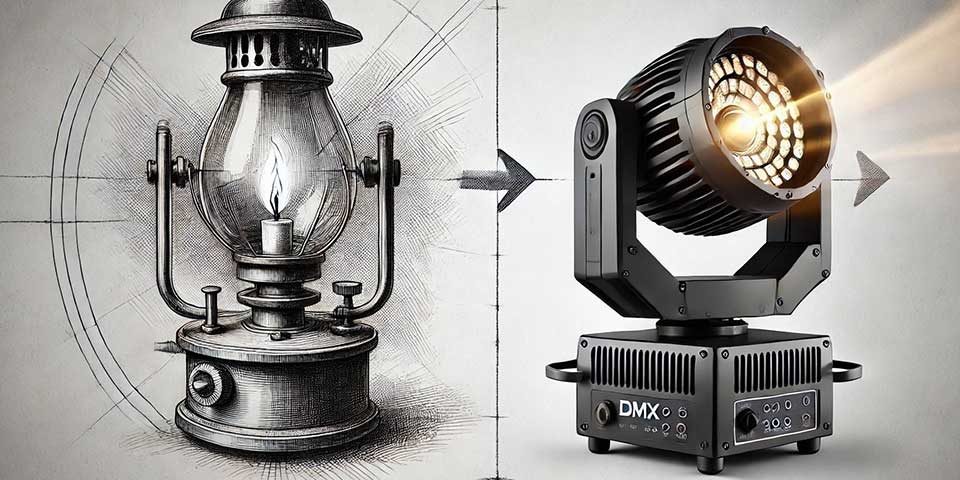
Sound Pressure Level (SPL): What is it and How to Calibrate a Decibel Meter?

Basic DJ Lighting Setup, Adjusting Your DJ Setup for Different Venues & Mixed In Key

Sound Pressure Level (SPL): What is it and How to Calibrate a Decibel Meter?

Basic DJ Lighting Setup, Adjusting Your DJ Setup for Different Venues & Mixed In Key
Audio Visual Cable Types and Management Tips for Pro Audio Setups
Introduction to Audio Visual Cable Types
Understanding different audio visual cable types is crucial for professional audio setups. This guide is designed for professional audio technicians, event planners, and stage managers. It focuses on ensuring high-quality connections and effective cable management.
Common Types of Audio Video Connectors
HDMI (High-Definition Multimedia Interface)
HDMI cables transmit both audio and video signals in high definition, supporting 1080p and 4K resolutions with audio return channels. They handle high data rates, essential for uncompressed video and audio. For instance, using a High-Speed HDMI Cable with Ethernet connects a Blu-ray player to a 4K TV, providing both high-definition video and multi-channel audio through a single cable.
XLR (External Line Return)
XLR cables are critical in professional audio setups due to their balanced connections, which help reduce noise and interference. These cables, often used with microphones, have three pins for ground, positive, and negative signals. For example, a Mogami Gold XLR Cable is known for its durability and high audio fidelity, making it a preferred choice for professionals.
RCA (Radio Corporation of America)
RCA cables transmit both audio and video, commonly found in older equipment. They are color-coded (red, white, yellow) to denote right audio, left audio, and composite video. Despite being unbalanced and more susceptible to noise over long distances, they remain useful for connecting vintage audio gear to amplifiers or TVs. An example setup involves using an RCA Composite Video/Audio Cable to connect an old VCR to a TV.
TRS (Tip-Ring-Sleeve)
TRS connectors, available in 1/4 inch and 3.5mm sizes, support both balanced and unbalanced signals. They are versatile, found in audio interfaces, instruments, and headphones. A 1/4 inch TRS cable, for instance, can connect a guitar to an amplifier or serve as an insert cable for studio equipment. Hosa Pro TRS Cables are commonly used for their reliability and sound quality.
DVI (Digital Visual Interface)
DVI cables transmit video signals, supporting both digital and analog formats. They are often used in computer monitors and can be converted to HDMI for broader compatibility. For instance, using a DVI to HDMI Adapter Cable connects a desktop computer to a modern monitor, ensuring high-definition video output.
Cat 6 Cable
Cat 6 cables are essential for network setups and audio/video streaming due to their high-speed data transfer capabilities. They support up to 10 Gbps over shorter distances (up to 55 meters) and are shielded to reduce interference. Using a Cat 6 Ethernet Patch Cable in a professional recording studio ensures fast and stable network connections for audio streaming and file transfers.
DMX Cables
DMX cables are essential for lighting control, providing precise communication between controllers and fixtures. For reliable DMX cables, check out the selection available at Lighting Cables. These cables are built to handle the specific requirements of stage lighting, including robust shielding to prevent signal interference.
Cable Management Best Practices for All Audio Visual Cable Types
Cable Ties and Labels
Use cable ties and labels to organize and identify cables, making it easier to manage complex setups. For example, Velcro cable ties secure multiple cables together without damaging them, while color-coded labels quickly identify different signal paths, streamlining troubleshooting.
Avoiding Tight Bends
Prevent tight bends in cables to maintain signal integrity and prevent physical damage. Employ cable management accessories like J-channels or under-desk trays to keep cables straight and organized, minimizing the risk of kinks and breaks.
Separating Power and Signal Cables
Separate power and signal cables to reduce the risk of interference and noise. Running power cables on one side of a rack and signal cables on the other prevents electromagnetic interference (EMI) from affecting audio and video signals, ensuring clearer output.
Tips for Selecting the Right Cables
Matching Cable to Equipment
Ensure compatibility between cables and equipment to achieve optimal performance. For instance, using XLR cables for professional microphones ensures balanced connections and high-quality sound, while HDMI cables with Ethernet capabilities can future-proof a home theater setup by supporting internet connectivity.
Considering Cable Length
Longer cables can introduce signal loss, so choose the appropriate length for your setup. For example, in a recording studio, using a 10-foot XLR cable for microphones instead of a 50-foot cable reduces potential signal degradation, maintaining audio clarity.
Considering Cable Length
Invest in well-shielded and durable cables for professional setups. High-quality construction ensures longevity and reliable performance. Brands like Mogami and ProX are known for their durable, high-fidelity cables that resist wear and interference, making them ideal for both studio and live environments.
RCF Line Array Package: (6) HDL 6-A 2-Way, (2) SUB 8006-AS 2 x 18″ Woofer, (2) Flight Cases w/ wheels, (2) Telescopic C-Shape Support
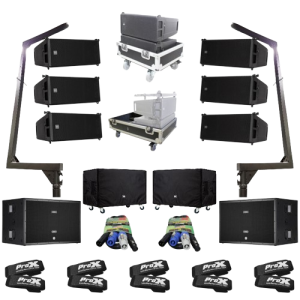
conclusion
XLR and instrument cables are key for professional audio setups, offering reliable signal transmission and minimal noise. For high-quality audio cables, visit Pro Audio Audio Cables. These cables ensure clean, balanced audio signals critical for recording and live performances.
Selecting the right audio visual cable types and maintaining proper cable management is crucial for high-quality AV setups. By following the tips and recommendations provided, professionals can ensure their setups are efficient and reliable. For more product options and detailed information, visit the linked subcategory pages.

